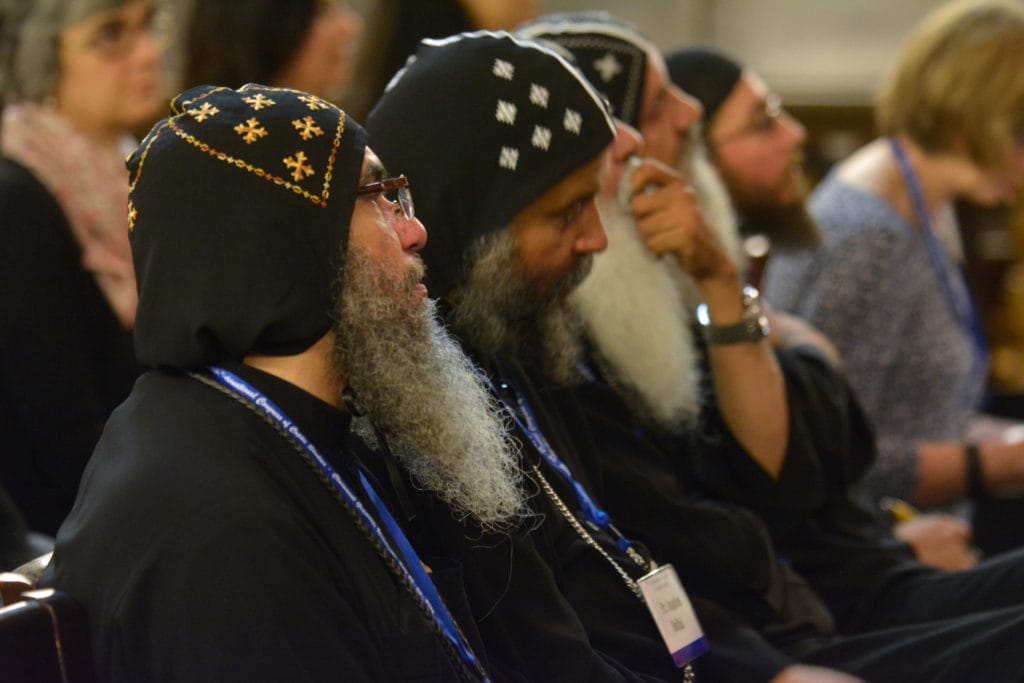2016 International Congress of Coptic Studies

More than 200 scholars from six continents are converging this week on the campus of Claremont Graduate University (CGU) for the 11th International Congress of Coptic Studies from July 25 through July 30 — an event honoring the scholarly contributions of one of the oldest civilizations in existence. Today, the Copts — Christian Egyptians — comprise the largest Christian community in the Middle East, with more than 9 million Copts living in Egypt, and another million estimated to be practicing their faith in the United States and countries including Canada, Australia, France, Germany, and Africa.
The week-long 11th Congress was organized by the International Association for Coptic Studies and co-hosted by CGU with the St. Shenouda the Archimandrite Coptic Society (SSACS). Held every four years in major cities around the world, the Congress brings together leading scholars for a series of panel discussions and presentations on various aspects of Coptic civilization and Coptic contributions to our understanding of early Christianity.
This year’s Congress will include a tribute to the pioneers of Coptic Studies at CGU — Professor James Robinson and the late Ernest Tune.
The Coptic Church is based on the teachings of Saint Mark, who brought Christianity to Egypt during the reign of the Roman emperor Nero in the first century. While Christianity disappeared completely in some regions, it has survived for more than 19 centuries in Egypt under Islamic dynasties. Its ancient roots put it on par with Chinese or Indian civilizations, and makes Coptic culture vital for understanding the ancient world, or any of the modern institutions it has influenced.
CGU has served as a home for Coptic studies for nearly 50 years, providing substantial resources including:
- A world center for the translation of Coptic manuscripts and codices.
- An expansion of its Coptic Studies program to encompass language, literature, art, history, Bible, liturgy, monasticism, and diaspora.
- Publication rights to the digital Coptic Encyclopedia, with the online Claremont Coptic Encyclopedia now receiving an average of 50,000 article views per month, ranking CGU among the few universities to support an active Coptic website of such historical significance.